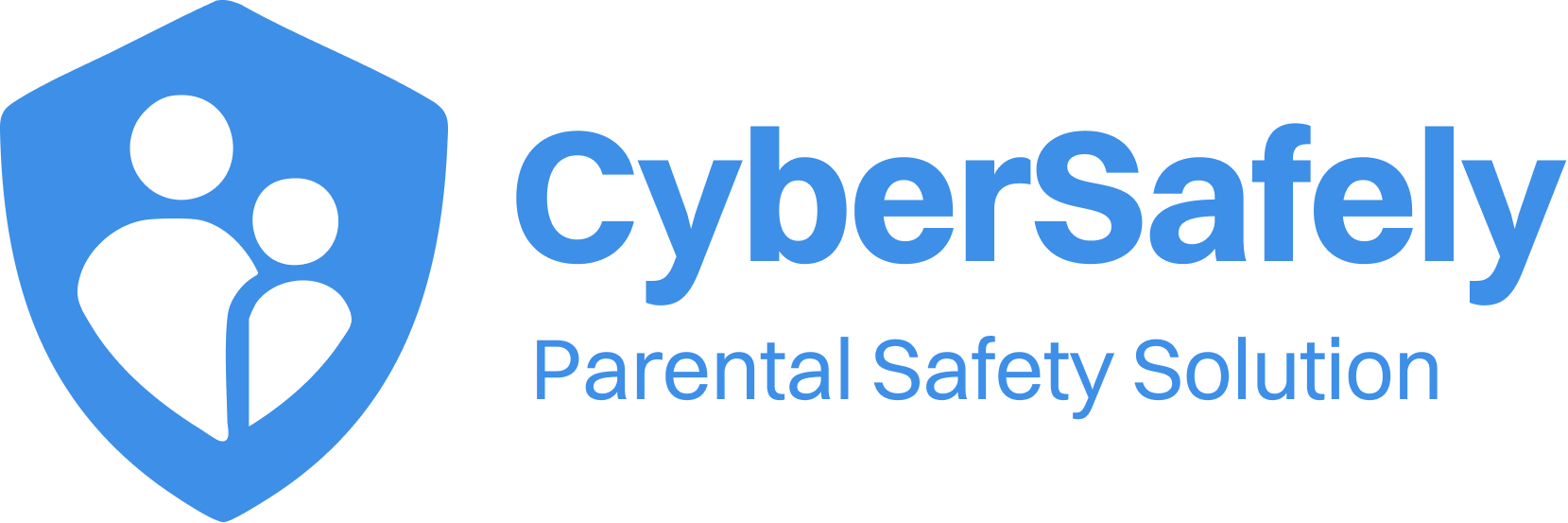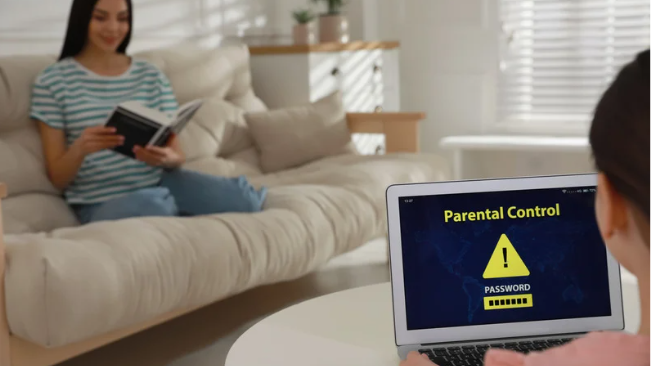In today’s digital world, children and teens are more connected than ever. While technology brings opportunity, it also introduces risk, especially when it comes to content, screen time, and online interactions. That’s where parental controls come in.
Used thoughtfully, parental controls help families create healthier boundaries around digital life. Here are 10 expert-backed tips to make the most of them.
1. Choose the Right Parental Controls for Your Child’s Age
Not all parental controls are created equal. Always adjust settings based on your child’s age and maturity level. Most tools let you filter inappropriate content and block harmful categories like explicit media or online games. The more personalized the setup, the more effective it becomes.
2. Set Clear Time Limits
Use parental control tools to set daily time limits for apps, games, and platforms. Overuse can impact sleep, focus, and emotional well-being. Time limits help kids learn to self-regulate while reducing screen fatigue.
3. Monitor Smartly, Not Excessively
Oversurveillance can break trust. Instead, opt for parental controls that alert you to red flags, such as cyberbullying, sextortion, or screen overuse, without giving you full access to every message or search.
CyberSafely.ai offers this kind of balance, giving parents insight while still respecting privacy.
4. Filter Out Risky Content
Use parental control filters to block harmful categories like violence, adult content, or gambling. These filters aren’t perfect, but they serve as a valuable first line of defense. Update them regularly to reflect your child’s evolving needs.
5. Enable Real-Time Notifications for Red Flags
Look for parental controls that offer real-time alerts. Notifications about concerning search terms, risky conversations, or potential emotional distress allow you to act before issues escalate.
6. Use Both Device Level and App Level Controls
Combine system wide parental control settings with app specific restrictions. A device may block general access, but many platforms have their own settings for chat, comments, or in app purchases.
7. Review Digital Activity Together
Parental control dashboards often include usage reports. Sit down with your child weekly to review them together. Ask how they feel about the content they’ve seen or the time they’ve spent online.
8. Turn Off Distractions
Many parental controls let you limit app notifications. Use this feature to reduce digital noise during meals, schoolwork, or bedtime. Small changes in attention habits can lead to big results over time.
9. Keep Settings Flexible
Children grow fast, and so should your parental control approach. Revisit your settings every few months to match your child’s age, digital habits, and maturity. What works at age 10 may need adjustment by 13.
10. Pair Parental Controls With Open Communication
The best parental controls support, not replace, real conversations. Talk to your child about why boundaries matter. Use technology as a teaching tool, not just a restriction device.
How CyberSafely.ai Supports Parents
Traditional parental controls can help, but they often miss early warning signs. At CyberSafely.ai, our AI powered system identifies patterns linked to cyberbullying, sextortion, and unhealthy phone use. Parents receive private alerts and insights, without needing to monitor every click.

